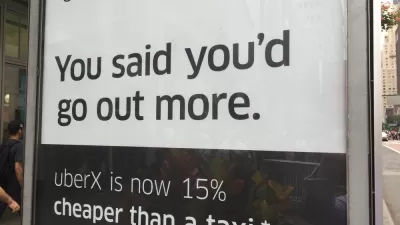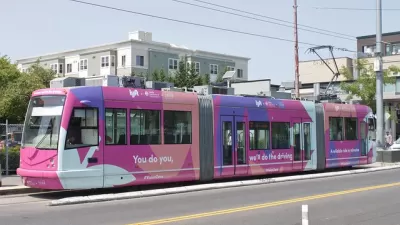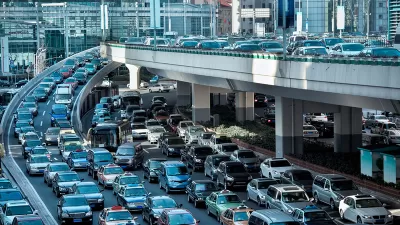After a court battle, the two big transportation network companies finally released trip data, revealing rapid growth and a concentration of rides in the city's most congested areas.

"The two ride-hailing giants [Uber and Lyft] provided more than 91,000 rides on an average day in the second quarter of this year, according to ridership reports the companies filed with the city, recently made publicly available for the first time," reports David Gutman. The state supreme court forced Uber and Lyft to release the data, and the companies finally did so in September
"While that’s just a fraction of daily travel in the Seattle region, Uber and Lyft trips are heavily concentrated in the city’s densest neighborhoods, where nearly 40,000 rides a day start in ZIP codes covering downtown, Belltown, South Lake Union and Capitol Hill," adds Gutman.
Gutman's conclusion based on this information: Uber and Lyft "are almost certainly contributing to worsening congestion."
Still, Seattle is one of the few cities in the country where transit ridership is increasing, so these findings do not show these transportation network companies (TNCs) poaching rides from public transit, as research has found in other cases. The findings do, however, echo recent analysis from San Francisco, which found TNCs adding 25 percent to the city's congestion. An earlier report by Schaller Consulting also estimated that TNCs had added 94 million additional vehicle moles to Seattle-area roads in 2017.
Gutman also details the history of Seattle's efforts to force Uber and Lyft to reveal their ridership data—a process that culminated in September of this year, shortly after Schaller Consulting revealed its analysis. Boston also requires publicly available trip data from TNCs. That city saw 96,000 TNC trips per day in 2017.
FULL STORY: How popular are Uber and Lyft in Seattle? Ridership numbers kept secret until recently give us a clue

Alabama: Trump Terminates Settlements for Black Communities Harmed By Raw Sewage
Trump deemed the landmark civil rights agreement “illegal DEI and environmental justice policy.”

Study: Maui’s Plan to Convert Vacation Rentals to Long-Term Housing Could Cause Nearly $1 Billion Economic Loss
The plan would reduce visitor accommodation by 25% resulting in 1,900 jobs lost.

Why Should We Subsidize Public Transportation?
Many public transit agencies face financial stress due to rising costs, declining fare revenue, and declining subsidies. Transit advocates must provide a strong business case for increasing public transit funding.

Wind Energy on the Rise Despite Federal Policy Reversal
The Trump administration is revoking federal support for renewable energy, but demand for new projects continues unabated.

Passengers Flock to Caltrain After Electrification
The new electric trains are running faster and more reliably, leading to strong ridership growth on the Bay Area rail system.

Texas Churches Rally Behind ‘Yes in God’s Back Yard’ Legislation
Religious leaders want the state to reduce zoning regulations to streamline leasing church-owned land to housing developers.
Urban Design for Planners 1: Software Tools
This six-course series explores essential urban design concepts using open source software and equips planners with the tools they need to participate fully in the urban design process.
Planning for Universal Design
Learn the tools for implementing Universal Design in planning regulations.
Caltrans
Smith Gee Studio
Institute for Housing and Urban Development Studies (IHS)
City of Grandview
Harvard GSD Executive Education
Toledo-Lucas County Plan Commissions
Salt Lake City
NYU Wagner Graduate School of Public Service





























